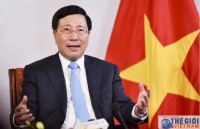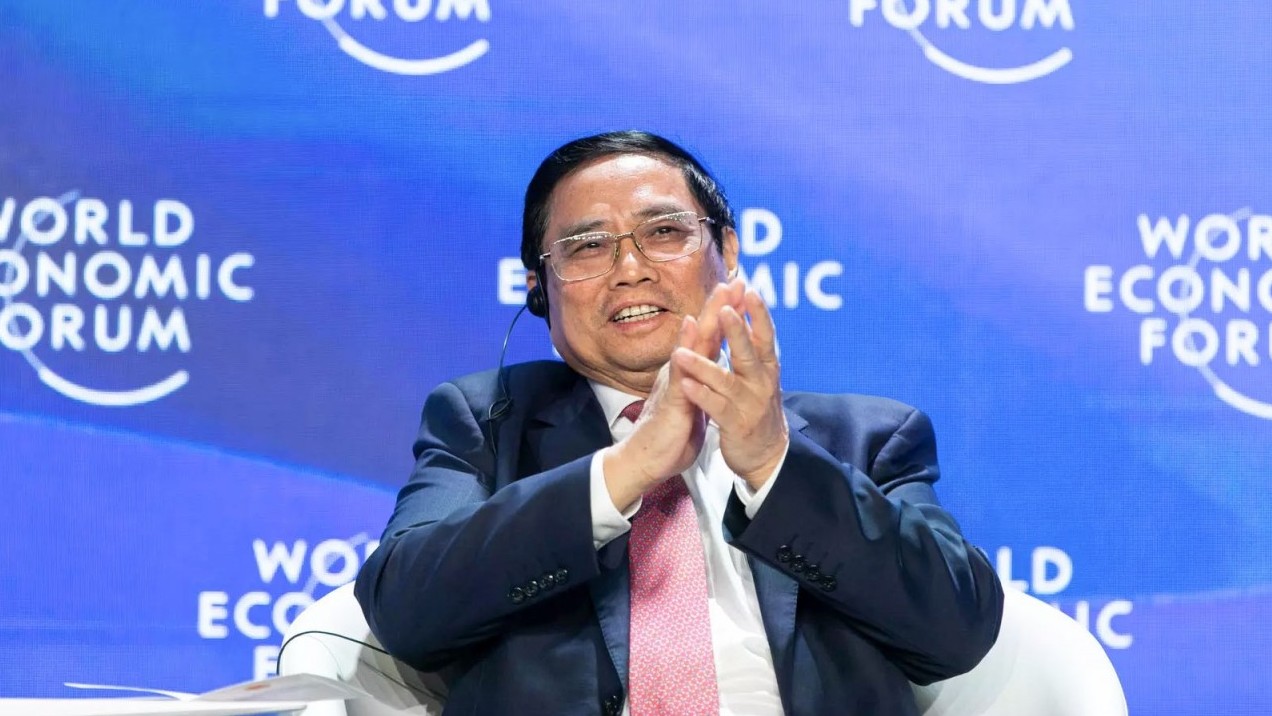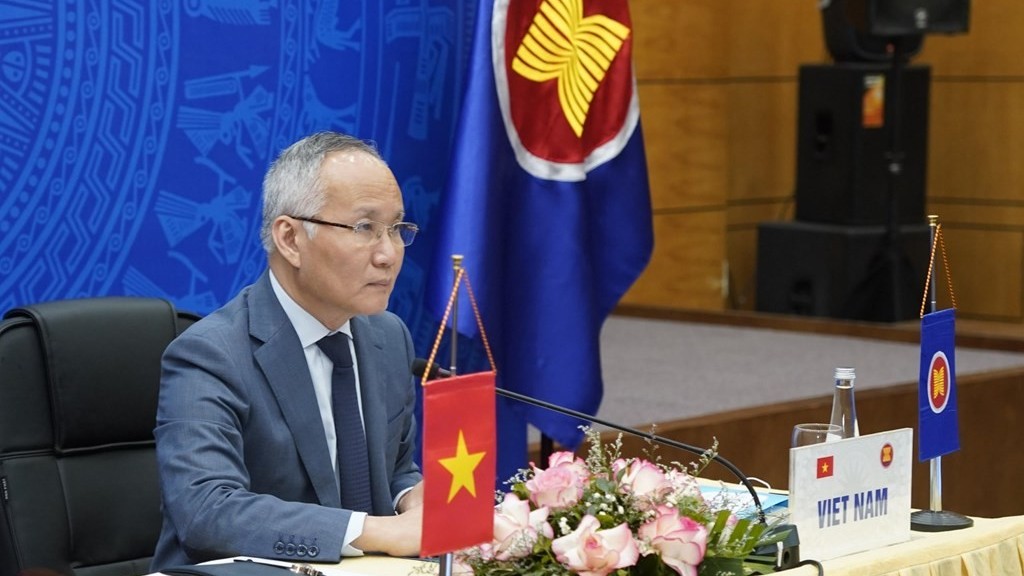
ASEAN should be well-prepared for economic "headwinds"
Latest
| Ambassador affirms ASEAN’s efforts to narrow development gap | |
| Vietnam poised to lead ASEAN in satellite technology |
In the financial sector, the US Federal Reserve (FED) raised interest rates from 2.25 to 2.5 percent in December 2018, and forecast the possibility of further increases in 2019. Additional interest hikes could trigger capital pull-outs from Southeast Asian countries as investors move funds to seek higher yields in the US.
Capital must be well managed, or else, the region may face financial instability, the website wrote.
Regional economies must brace themselves for future economic and financial turbulence. They can cushion the impact through regional initiatives like the ASEAN Economic Community (AEC) 2025, ASEAN-Hong Kong Free Trade and Investment Agreements (AHKFTA and AHKIA), Regional Comprehensive Economic Partnership (RCEP) and Chiang Mai Initiative Multilateralisation (CMIM).
Eastasiaforum.org said that policy-makers should see the completion of the AEC 2025 as priority, which helps the ten member states to achieve five objectives: a highly integrated and cohesive economy; a competitive, innovative and dynamic ASEAN; enhanced connectivity and sectoral cooperation; a resilient, inclusive, people-oriented and people-centred ASEAN; and a global ASEAN.
 |
| Policy-makers should see the completion of the ASEAN Economic Community 2025 as priority. (Photo: East Asia Forum) |
Advancing the AEC 2025 will enable businesses to tap into the integrated market of over 600 million people, rendering regional economies more resilient to the incoming headwinds.
In addition, governments of the Southeast Asian countries are recommended to ratify the AHKFTA and AHKIA so that the treaties can enter into force in early 2019 as expected. They will enhance cross-border flows of goods, services and investment between ASEAN and Hong Kong.
The agreements will not only allow firms to enjoy greater access to goods and services markets and better investment protection, but also enable the ASEAN nations to further tighten trade and investment ties with China. The latter will help the Southeast Asian economies to recuperate from any damage that future Washington–Beijing trade spats may inflict on them.
The ASEAN authorities should also concentrate on wrapping up RCEP talks, making this 16-economy free trade bloc encompass a market of 3.6 billion people that contributes to a third of global GDP. It will cover 29 percent of global trade and 26 percent of the world’s foreign direct investment flows.
Concluding the negotiation will create more opportunities for businesses to deepen their supply chains, and provide RCEP economies with another means to diversify their economic relations and cushion against the negative effects of future US–China trade war spats.
Finally, the ASEAN nations together with China, Japan and the Republic of Korea (ASEAN 3) should advance the CMIM, a regional financial safety net under the ASEAN 3 framework.
Launched in 2010, the scheme provides financial support through a network of currency swaps to help the ASEAN 3 nations weather their balance-of-payments difficulties.
Because future Fed rate hikes could trigger investor panic leading to financial instability and capital flights in certain regional economies, the CMIM can provide financial assistance to alleviate such problems.
A major hurdle for implementing the AEC 2025 is a lack of coordination among domestic ministries and agencies. Individual ASEAN countries must sort out how to improve coordination among the involved authorities. Certain domestic hurdles must also be cleared for a successful ratification of the ASEAN–Hong Kong treaties.
Planned elections in Australia, India, Indonesia and Thailand in 2019 may delay the conclusion of RCEP negotiations in the first half of 2019. And if the momentum of RCEP talks picks up in the second-half of the year, the parties’ different positions and preferences will still need to be reconciled to seal the deal.
Regarding the CMIM, while a laudable agreement was signed in December 2018 to create more favourable conditions that will enable the regional financial safety net to better assist in a crisis, efforts to advance other aspects of the CMIM have been lacklustre in recent years.
For one, its size has remained the same at 240 billion USD since 2012. With this amount, the scheme can at best provide simultaneous lending support to a few small- and medium-sized economies should they come under a crisis. The participants must push for an expansion of the CMIM’s size.
US–China trade tensions and Fed rate hikes will likely generate undesired effects for the Southeast Asian economies this year. Despite the challenges of the above initiatives, the ASEAN countries must collectively pursue them to navigate through the coming economic headwinds.
 | Foreign relations help enhance country’s position: Deputy PM Pham Binh Minh Vietnam has actively participated in international activities and organized several important multilateral international events in 2018, which were the important achievements of the country last ... |
 | ASEAN Tourism Forum promises tourism cooperation opportunities for VN This year’s ASEAN Tourism Forum (ATF) will take place in the northeastern coastal province of Quang Ninh from January 14-18, with the participation of about ... |
 | Over 300 pavilions register for ASEAN Tourism Forum on Travel Exchange Over 300 stalls have been registered for the upcoming ASEAN Tourism Forum on Travel Exchange slated for January 14-18 in Ha Long City in the ... |
























